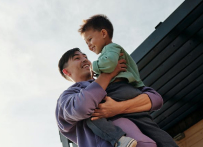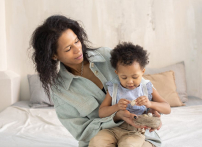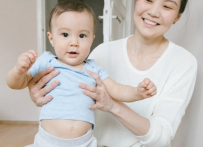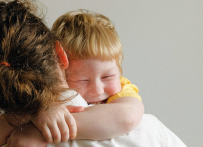Whether it's a threadbare teddy, a ratty blanket, or that one specific toy they simply cannot leave the house without, most parents know the power of a child's comfort toy. That worn-out object might look ready for the bin, but to your child, it's irreplaceable.
And science backs up what parents already know: up to 70% of young children develop strong attachments to comfort items like blankets, stuffed animals, or other emotional support objects. These aren't just cute preferences: they play an important role in emotional development.
So why do children form such powerful bonds with these objects? And when (if ever) should they let them go? We answer below.
What are comfort objects?
Comfort items are objects that help infants and children feel calm and secure. Also called "loveys" or "transitional objects," these emotional support objects typically include:
- Soft toys (teddy bears, plushies)
- Blankets or baby comforters
- Pieces of parent's clothing (ties, scarves, dressing gown trim)
According to the American Academy of Pediatrics, security objects are part of the emotional support system every child needs in their early years.
Why do children become so attached to comfort objects?
Paediatrician and psychoanalyst Donald Winnicott identified that comfort toys serve as reminders of love and security during separation from parents.
Professor Frank Oberklaid, a leading Australian children's health expert, explains that a child's attachment to their comfort toy stems from developmental needs. These objects provide predictability as children separate from parents (at bedtime or childcare) and develop independence.
Research by professors Bruce Hood and Paul Bloom found that children believe their specific comfort item has a unique essence or life force. When offered an identical replacement, most children prefer their original item because it's familiar, carries their scent, and holds special meaning.
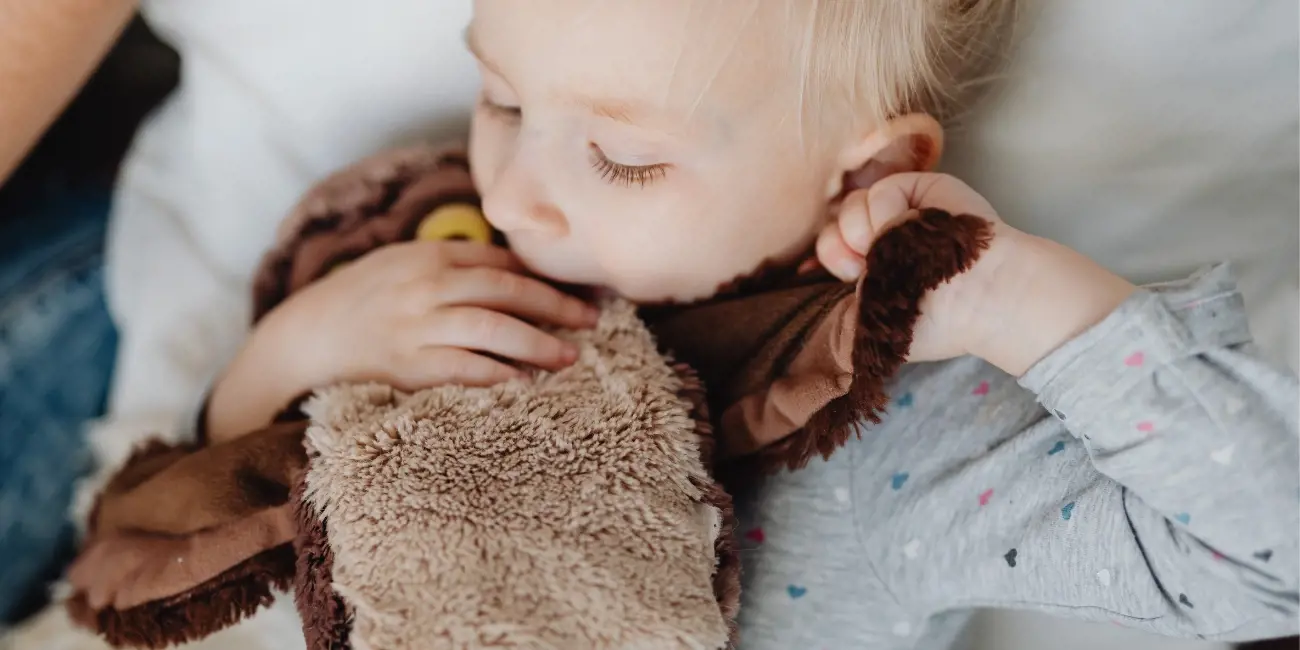
What are the benefits of comfort objects?
Comfort items provide multiple developmental benefits, such as:
- Help children relax and fall asleep
- Offer companionship during play and rest
- Provide reassurance during parent separation
- Comfort children when frightened or upset
- Create security in unfamiliar environments by linking new situations to home
Studies show that 70% of young children develop strong attachments to objects like toys or blankets, though this phenomenon is primarily confined to Western cultures where children sleep separately from parents.
When should children stop using comfort toys?
There is no "normal" age for children to stop using comfort toys. Professor Oberklaid states that children naturally grow out of this habit at different times depending on the child's temperament, family situation, and experiences.
Some children continue using their comfort toy until age eight or older, while others change objects over time. Both patterns are normal. However, if an older child seems overly dependent on their comfort item, parents should consider whether underlying anxiety may be present.
One study found that children with strong bonds to comfort objects have stronger parental attachments and higher happiness levels. However, teenagers requiring daily access to comfort toys may indicate poorer mental health requiring professional support.
Should children take comfort toys to child care?
The decision depends on the individual child's temperament. Professor Oberklaid advises parents to use their instinct: some children find separation from their emotional support object traumatic and should bring it to care, while others can be reasoned with and reassured their item will be waiting at home.
When children bring comfort items to childcare, it's appropriate to treat these objects differently. Unlike other toys, children don't need to share their emotional support objects with peers: this boundary is completely understandable and developmentally appropriate.
Find a childcare that understands your child's needs
Looking for an early learning centre that respects your child's comfort items and supports their emotional development? The perfect fit for your family could be closer than you think.
Search, compare, and connect with child care centres near you that understand your child's unique needs, all in one place at Care for Kids.
References



























